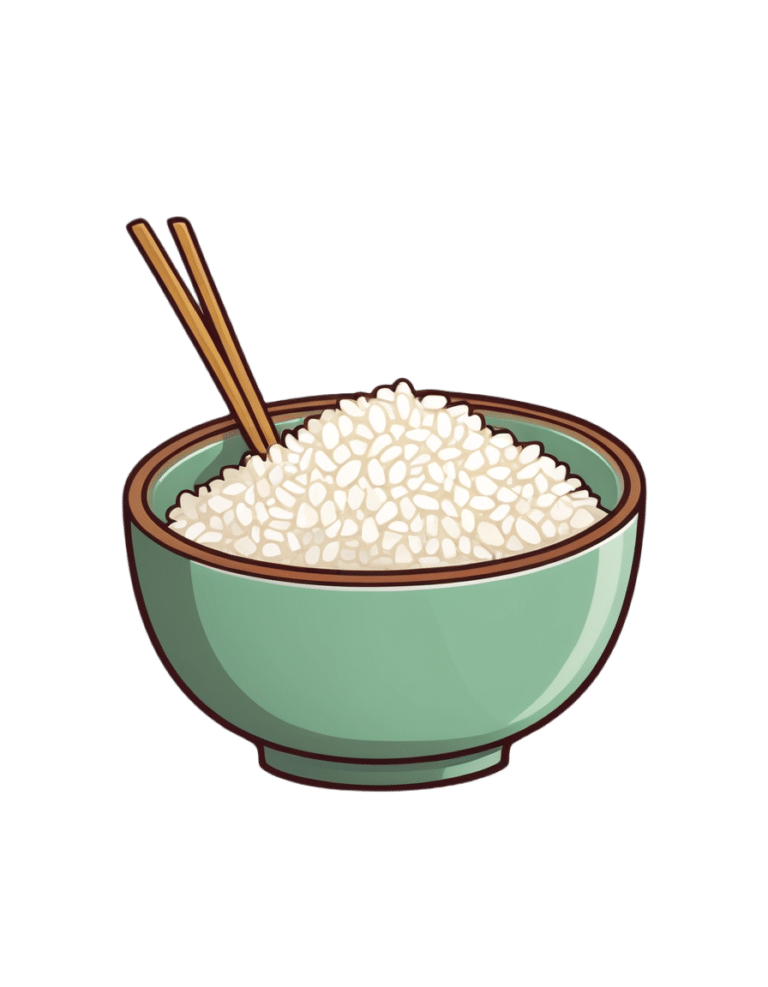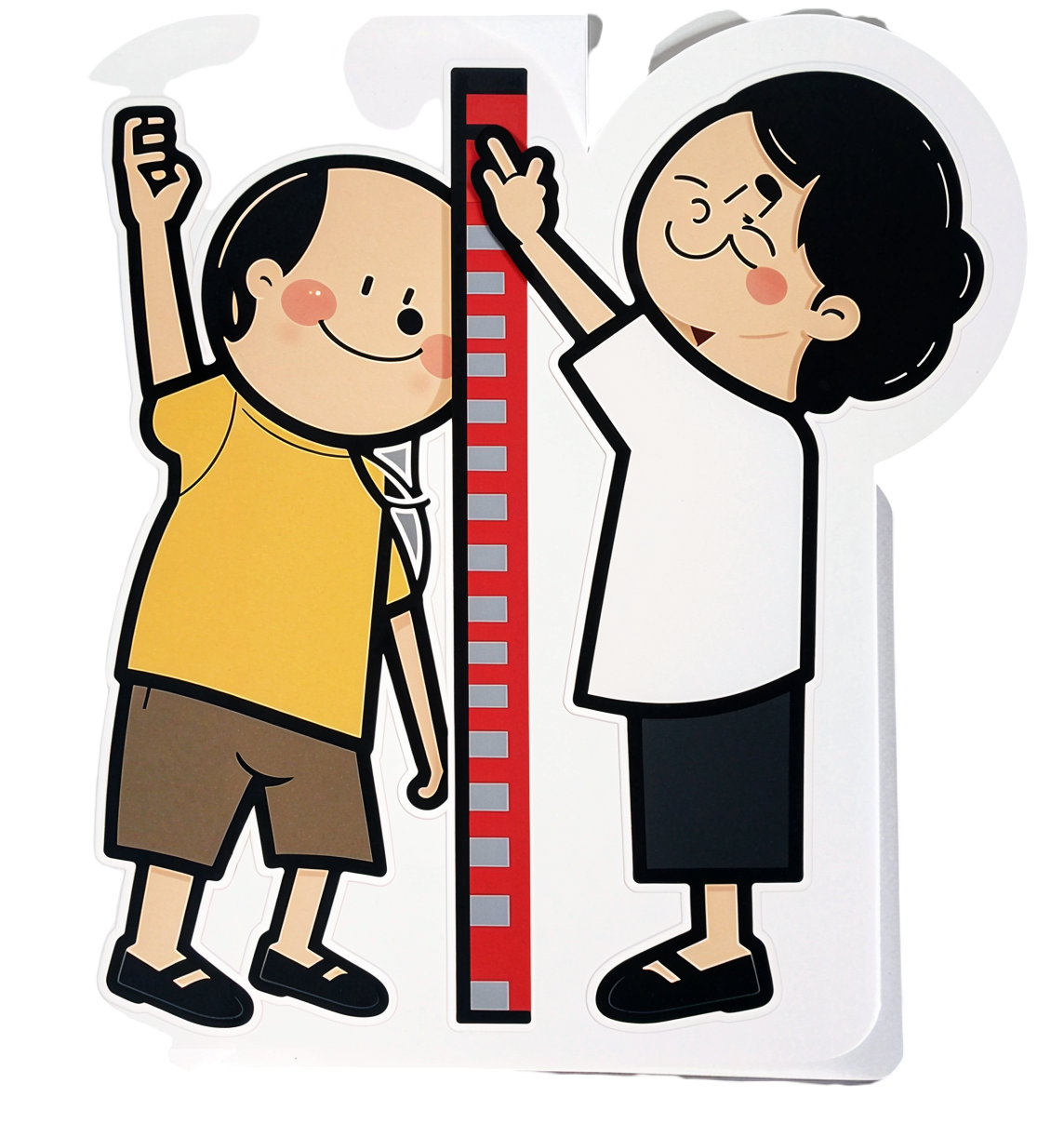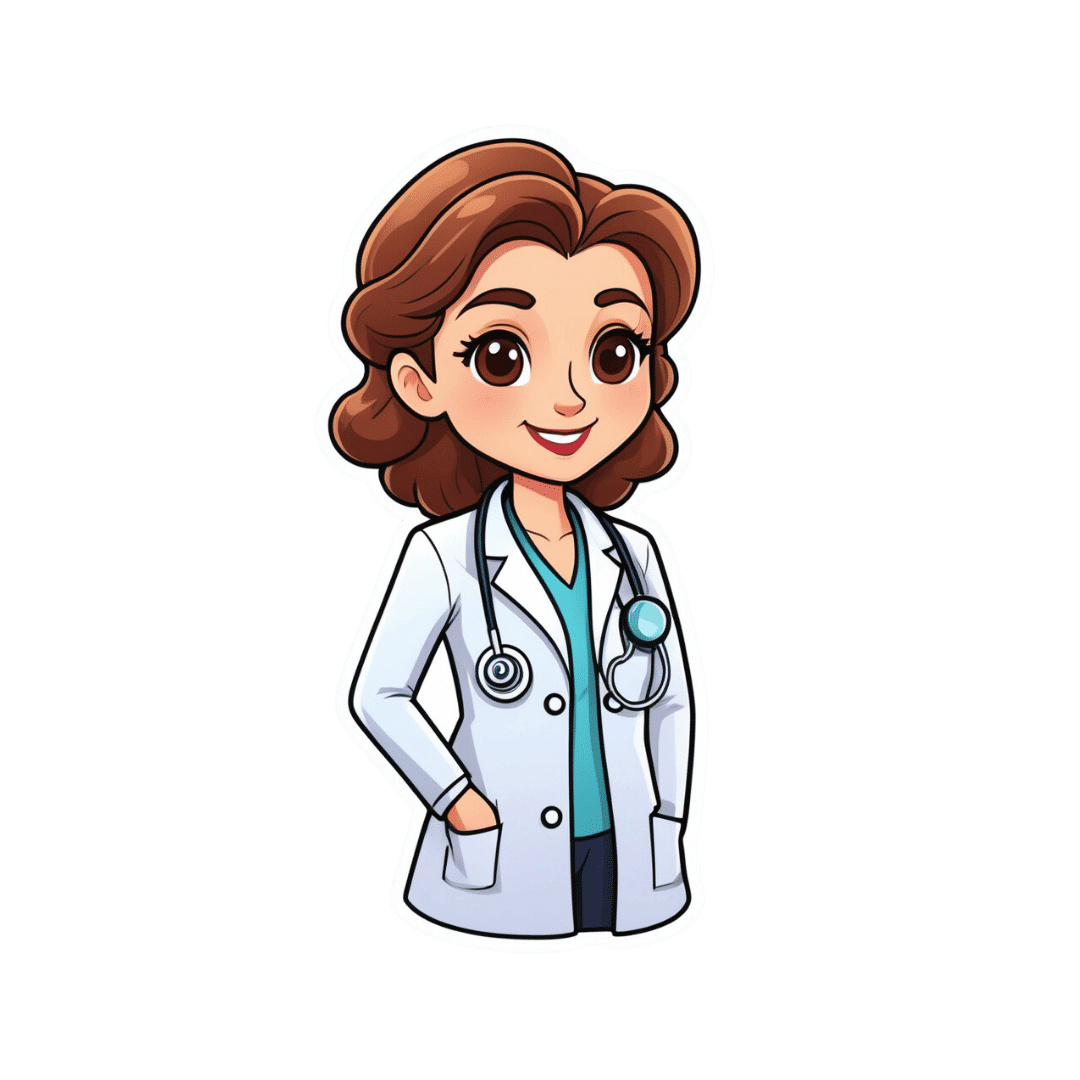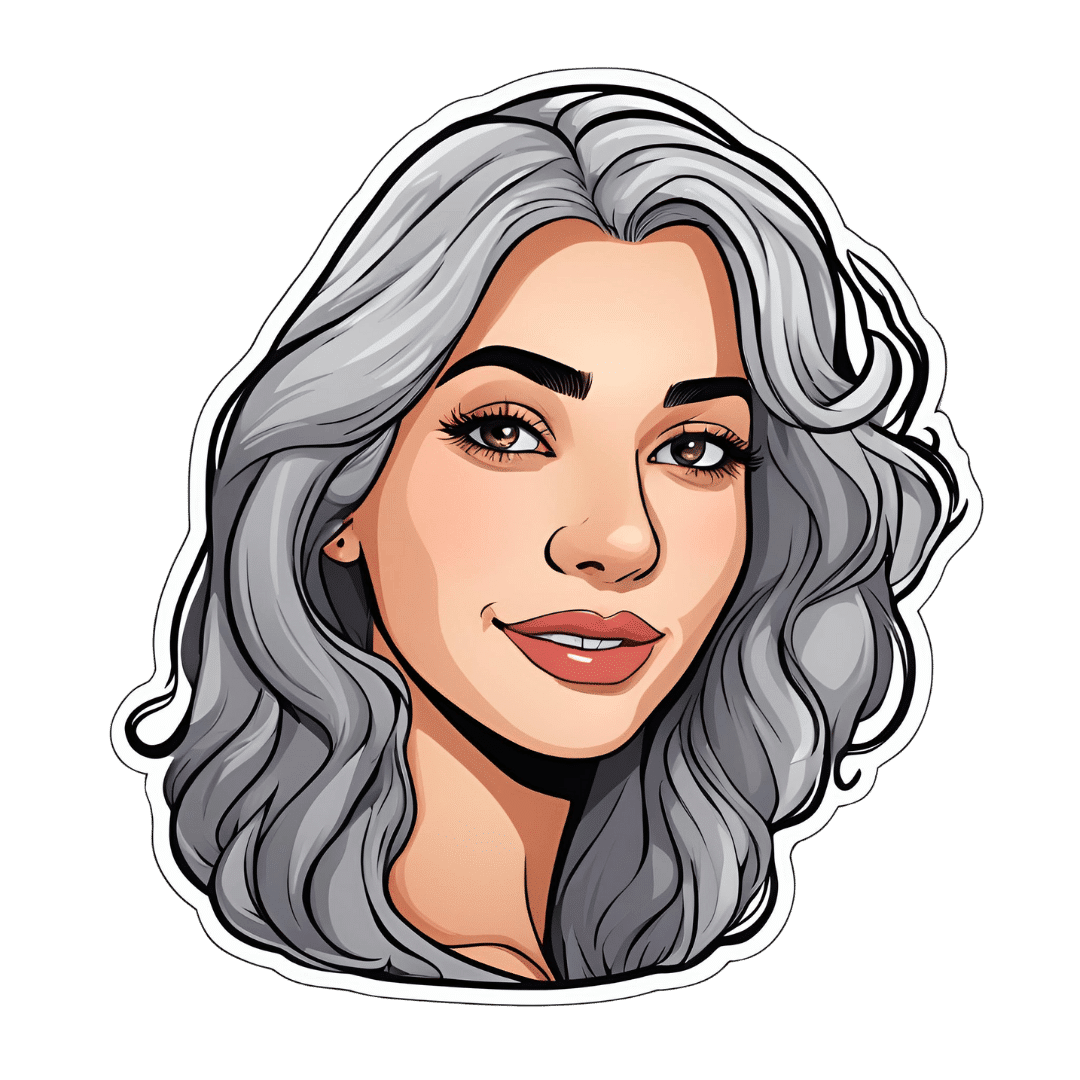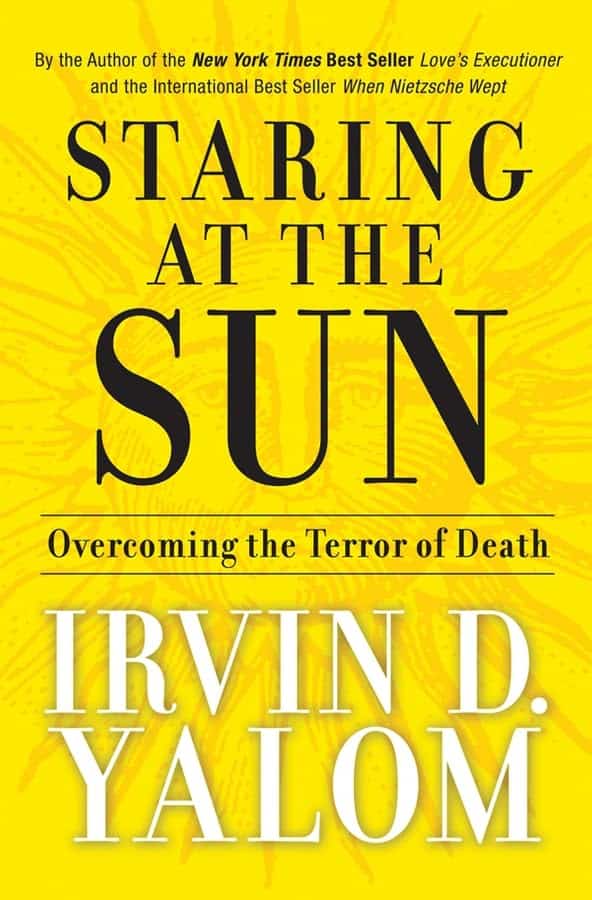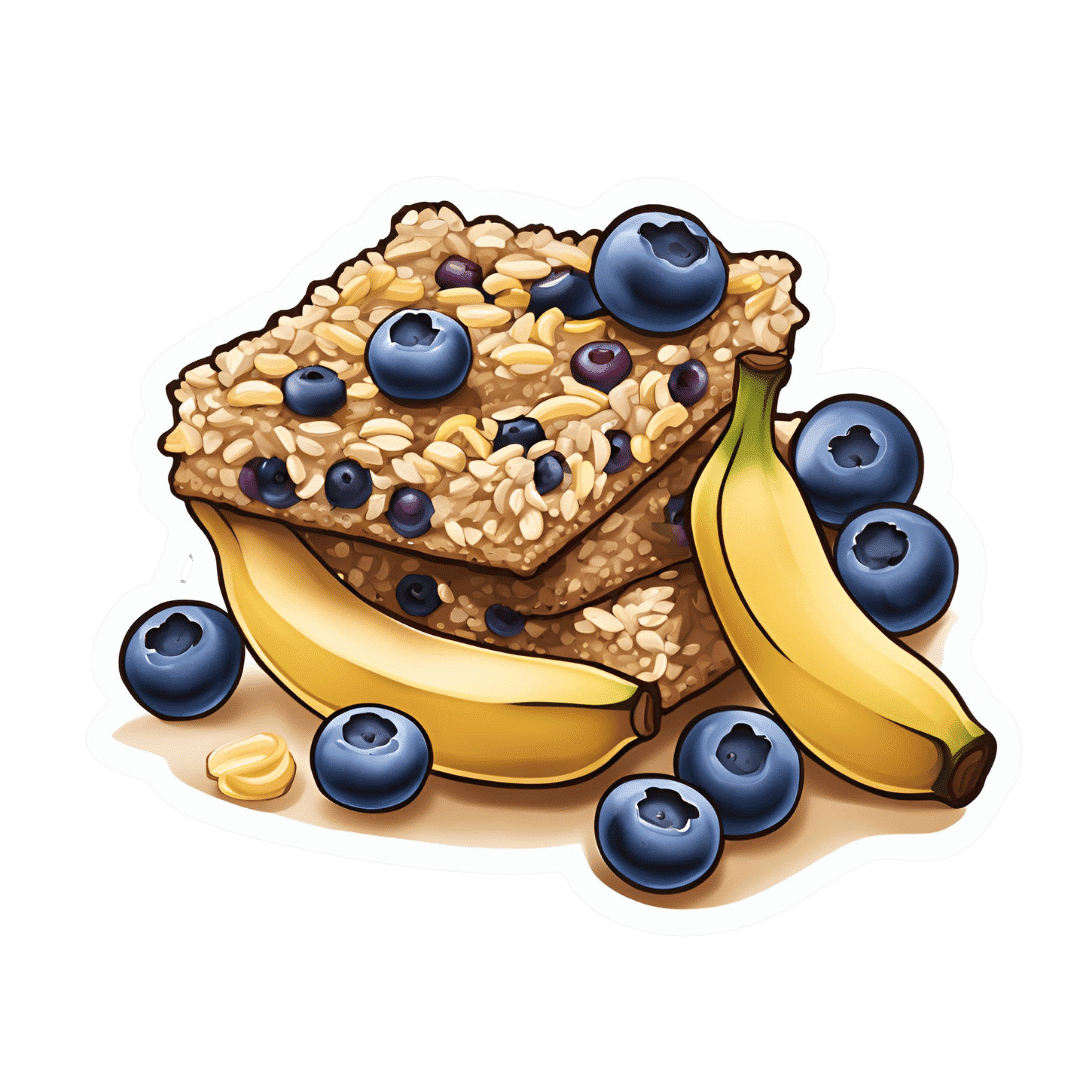
Blueberry & Banana Collagen Baked Oats
10almonds is reader-supported. We may, at no cost to you, receive a portion of sales if you purchase a product through a link in this article.
Good news for vegans/vegetarians! While we include an optional tablespoon of collagen powder in this recipe, the whole recipe is already geared around collagen synthesis, so it’s very collagen-boosting even with just the plants, providing collagen’s building blocks of protein, zinc, and vitamins C and D (your miraculous body will use these to assemble the collagen inside you).
You will need
- 2 cups oats, whence the protein and zinc
- 1 cup milk (your preference what kind; we recommend almond for flavor; whether you choose plant or animal though, it should be fortified with vitamin D)
- 2 bananas, peeled and mashed
- 4 oz blueberries, whence the vitamin C (frozen is fine) (chopped dried apricots are also a fine substitute if that’s more convenient)
- 1 oz flaked almonds, whence the protein and zinc
- 1 tbsp pumpkin seeds, whence the protein and zinc
- 1 tbsp flax seeds, whence the protein and zinc
- Optional: 1 tbsp maple syrup
- Optional: 1 tbsp collagen powder, dissolved in 1 oz hot water
Method
(we suggest you read everything at least once before doing anything)
1) Preheat the oven to 350℉ / 180℃.
2) Mix the oats with 2 cups boiling water; allow to stand for 10–15 minutes, and then drain any excess water.
3) Mix the mashed bananas with the remaining ingredients except the milk and blueberries, stirring thoroughly.
4) Add the softened oats, and stir those in thoroughly too.
5) Add the milk and blueberries, in that order, stirring gently if using fresh blueberries, lest they get crushed.
6) Pour the mixture into an 8″ square cake tin that you have lined with baking paper, and smooth the top.
7) Bake for about 40 minutes or until firm and golden brown. Allow to cool; it will firm up more while it does.
8) Cut into squares or bars, and serve or store for later.
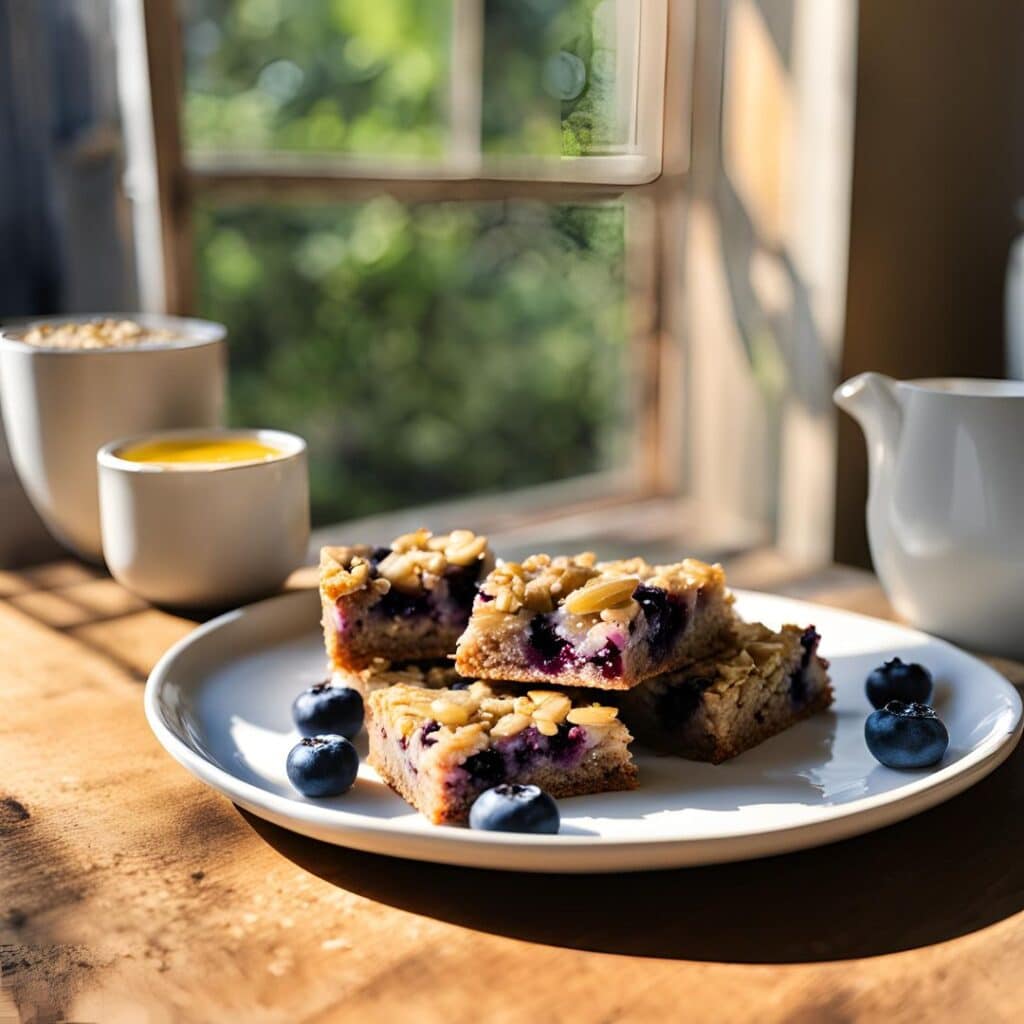
Enjoy!
Want to learn more?
For those interested in some of the science of what we have going on today:
We Are Such Stuff As Fish Are Made Of ← our main feature about collagen
Take care!
Don’t Forget…
Did you arrive here from our newsletter? Don’t forget to return to the email to continue learning!
Recommended
Learn to Age Gracefully
Join the 98k+ American women taking control of their health & aging with our 100% free (and fun!) daily emails:
-
Good Health From Head To Toe
10almonds is reader-supported. We may, at no cost to you, receive a portion of sales if you purchase a product through a link in this article.
It’s Q&A Day!
Have a question or a request? You can always hit “reply” to any of our emails, or use the feedback widget at the bottom!
This newsletter has been growing a lot lately, and so have the questions/requests, and we love that! In cases where we’ve already covered something, we might link to what we wrote before, but will always be happy to revisit any of our topics again in the future too—there’s always more to say!
As ever: if the question/request can be answered briefly, we’ll do it here in our Q&A Thursday edition. If not, we’ll make a main feature of it shortly afterwards!
So, no question/request too big or small
Q: I am now in the “aging” population. A great concern for me is Alzheimers. My father had it and I am so worried. What is the latest research on prevention?
Very important stuff! We wrote about this not long back:
- See: How To Reduce Your Alzheimer’s Risk
- See also: Brain Food? The Eyes Have It!
(one good thing to note is that while Alzheimer’s has a genetic component, it doesn’t appear to be hereditary per se. Still, good to be on top of these things, and it’s never too early to start with preventive measures!)
Q: Foods that help build stronger bones and cut inflammation? Thank you!
We’ve got you…
For stronger bones / To cut inflammation
That “stronger bones” article is about the benefits of collagen supplementation for bones, but there’s definitely more to say on the topic of stronger bones, so we’ll do a main feature on it sometime soon!
Q: Veganism, staying mentally sharp, best exercises for weight gain?
All great stuff! Let’s do a run-down:
- Veganism? As a health and productivity newsletter, we’ll only be focusing veganism’s health considerations, but it does crop up from time to time! For example:
- Which Plant Milk? (entirely about such)
- Plant vs Animal Protein (mostly about such)
- Making Friends With Your Gut (You Can Thank Us Later) (discusses one benefit of such)
- Staying mentally sharp? You might like the things-against-dementia pieces we linked to in the previous response!
- It’s also worth noting that some kinds of dementia, such as Alzheimer’s, can begin the neurodegenerative process 20 years before symptoms show, and can be influenced by lifestyle choices 20 years before that, so it’s definitely never too early be on top of these things!
- Best exercises for weight gain? We’ll do a main feature one of these days (filled with good science and evidence), but in few words meanwhile: core exercises, large muscle groups, heavy weights, few reps, build up slowly. Squats are King.
Q: I am interested in the following: Aging, Exercise, Diet, Relationships, Purpose, Lowering Stress
You’re going to love our Psychology Sunday editions of 10almonds! You might like some of these…
- Relationships: Seriously Useful Communication Skills!
- Purpose: Are You Flourishing? (There’s a Scale)
- Managing stress: Lower Your Cortisol! (Here’s Why & How)
- Also about managing stress: Sunday Stress-Buster
- Also applicable to stress: How To Set Your Anxiety Aside
Q: I’d like to know more about type 2 diabetic foot problems
You probably know that the “foot problems” thing has less to do with the feet and more to do with blood and nerves. So, why the feet?
The reason feet often get something like the worst of it, is because they are extremities, and in the case of blood sugars being too high for too long too often, they’re getting more damage as blood has to fight its way back up your body. Diabetic neuropathy happens when nerves are malnourished because the blood that should be keeping them healthy, is instead syrupy and sluggish.
We’ll definitely do a main feature sometime soon on keeping blood sugars healthy, for both types of diabetes plus pre-diabetes and just general advice for all.
In the meantime, here’s some very good advice on keeping your feet healthy in the context of diabetes. This one’s focussed on Type 1 Diabetes, but the advice goes for both:
! Share This Post
-
Red Cabbage vs Cauliflower – Which is Healthier?
10almonds is reader-supported. We may, at no cost to you, receive a portion of sales if you purchase a product through a link in this article.
Our Verdict
When comparing red cabbage to cauliflower, we picked the cabbage.
Why?
In terms of macros, there’s no meaningful difference between them; they’re both mostly water with just enough fiber to hold them together, a small amount of carbs, and an even more trivial amount of protein. So, a tie on macros.
Looking at the vitamins, red cabbage has more of vitamins A, B1, B2, B6, C, E, and K, while cauliflower has more of vitamins B3, B5, B9, and choline. So, a 7:4 win for red cabbage.
In the category of minerals, red cabbage has more calcium, manganese, and iron, while cauliflower has more copper, phosphorus, and potassium. The margins of difference are comparable too, thus, a 3:3 tie on minerals.
It’s always worth taking a look at polyphenols for plants like these, but in this case, once again, there’s not much to set one above the other. However, it’s good to note also that despite them both being Brassica oleracea (same species, different cultivar), there isn’t much overlap in their polyphenol content, meaning they complement each other very well. In particular, red cabbage is a source of luteolin and quercetin, while cauliflower is a source of gallic acid and caffeic acid, for example.
Adding up the three ties and the one win for red cabbage, gives the cabbage the victory today—but do enjoy either or both; diversity is good!
Want to learn more?
You might like to read:
21 Most Beneficial Polyphenols & What Foods Have Them
Enjoy!
Share This Post
-
Rethinking Exercise: The Workout Paradox
10almonds is reader-supported. We may, at no cost to you, receive a portion of sales if you purchase a product through a link in this article.
The notion of running a caloric deficit (i.e., expending more calories than we consume) to reduce bodyfat is appealing in its simplicity, but… we’d say “it doesn’t actually work outside of a lab”, but honestly, it doesn’t actually work outside of a calculator.
Why?
For a start, exercise calorie costs are quite small numbers compared to metabolic base rate. Our brain alone uses a huge portion of our daily calories, and the rest of our body literally never stops doing stuff. Even if we’re lounging in bed and ostensibly not moving, on a cellular level we stay incredibly busy, and all that costs (and the currency is: calories).
Since that cost is reflected in the body’s budget per kg of bodyweight, a larger body (regardless of its composition) will require more calories than a smaller one. We say “regardless of its composition” because this is true regardless—but for what it’s worth, muscle is more “costly” to maintain than fat, which is one of several reasons why the average man requires more daily calories than the average woman, since on average men will tend to have more muscle.
And if you do exercise because you want to run out the budget so the body has to “spend” from fat stores?
Good luck, because while it may work in the very short term, the body will quickly adapt, like an accountant seeing your reckless spending and cutting back somewhere else. That’s why in all kinds of exercise except high-intensity interval training, a period of exercise will be followed by a metabolic slump, the body’s “austerity measures”, to balance the books.
You may be wondering: why is it different for HIIT? It’s because it changes things up frequently enough that the body doesn’t get a chance to adapt. To labor the financial metaphor, it involves lying to your accountant, so that the compensation is not made. Congratulations: you’re committing calorie fraud (but it’s good for the body, so hey).
That doesn’t mean other kinds of exercise are useless (or worse, necessarily counterproductive), though! Just, that we must acknowledge that other forms of exercise are great for various aspects of physical health (strengthening the body, mobilizing blood and lymph, preventing disease, enjoying mental health benefits, etc) that don’t really affect fat levels much (which are decided more in the kitchen than the gym—and even in the category of diet, it’s more about what and how and when you eat, rather than how much).
For more information on metabolic balance in the context of exercise, enjoy:
Click Here If The Embedded Video Doesn’t Load Automatically!
Want to learn more?
You might also like to read:
- Are You A Calorie-Burning Machine?
- Burn! How To Boost Your Metabolism
- How To Do HIIT (Without Wrecking Your Body)
- Lose Weight, But Healthily
- Build Muscle (Healthily!)
- How To Gain Weight (Healthily!)
Take care!
Share This Post
Related Posts
-
New California Laws Target Medical Debt, AI Care Decisions, Detention Centers
10almonds is reader-supported. We may, at no cost to you, receive a portion of sales if you purchase a product through a link in this article.
SACRAMENTO, Calif. — As the nation braces for potential policy shifts under President-elect Donald Trump’s “Make America Healthy Again” mantra, the nation’s most populous state and largest health care market is preparing for a few changes of its own.
With supermajorities in both houses, Democrats in the California Legislature passed — and Democratic Gov. Gavin Newsom signed — laws taking effect this year that will erase medical debt from credit reports, allow public health officials to inspect immigrant detention centers, and require health insurance companies to cover fertility services such as in vitro fertilization.
Still, industry experts say it was a relatively quiet year for health policy in the Golden State, with more attention on a divisive presidential election and with several state legislators seeking to avoid controversial issues as they ran for Congress in competitive swing districts.
Newsom shot down some of legislators’ most ambitious health care policies, including proposals that would have regulated pharmaceutical industry middlemen and given the state more power to stop private equity deals in health care.
Health policy experts say advocates and legislators are now focused on how to defend progressive California policies such as sweeping abortion access in the state and health coverage for immigrants living in the U.S. without authorization.
“I think everyone’s just thinking about how we’re going to enter 2025,” said Rachel Linn Gish, a spokesperson with the consumer health advocacy group Health Access California. “We’re figuring out what is vulnerable, what we are exposed to on the federal side, and what do budget changes mean for our work. That’s kind of putting a cloud over everything.”
Here are some of the biggest new health care laws Californians should know about:
Medical debt
California becomes the eighth state in which medical debt will no longer affect patients’ credit reports or credit scores. SB 1061 bars health care providers and debt collectors from reporting unpaid medical bills to credit bureaus, a practice that supporters of the law say penalizes people for seeking critical care and can make it harder for patients to get a job, buy a car, or secure a mortgage.
Critics including the California Association of Collectors called the measure from Sen. Monique Limón (D-Santa Barbara) a “tremendous overreach” and successfully lobbied for amendments that limited the scope of the bill, including an exemption for any medical debt incurred on credit cards.
The Biden administration has finalized federal rules that would stop unpaid medical bills from affecting patients’ credit scores, but the fate of those changes remains unclear as Trump takes office.
Psychiatric hospital stays for violent offenders
Violent offenders with severe mental illness can now be held longer after a judge orders them released from a state mental hospital.
State officials and local law enforcement will now have 30 days to coordinate housing, medication, and behavioral health treatment for those parolees, giving them far more time than the five-day deadline previously in effect.
The bill drew overwhelming bipartisan support after a high-profile case in San Francisco in which a 61-year-old man was charged in the repeated stabbing of a bakery employee just days after his release from a state mental hospital. The bill’s author, Assembly member Matt Haney (D-San Francisco), called the previous five-day timeline “dangerously short.”
Cosmetics and ‘forever chemicals’
California was the first state to ban PFAS chemicals, also known as “forever chemicals,” in all cosmetics sold and manufactured within its borders. The synthetic compounds, found in everyday products including rain jackets, food packaging, lipstick, and shaving cream, have been linked to cancer, birth defects, and diminished immune function and have been increasingly detected in drinking water.
Industry representatives have argued that use of PFAS — perfluoroalkyl and polyfluoroalkyl substances — is critical in some products and that some can be safely used at certain levels.
Immigration detention facilities
After covid-19 outbreaks, contaminated water, and moldy food became the subjects of detainee complaints and lawsuits, state legislators gave local county health officials the authority to enter and inspect privately run immigrant detention centers. SB 1132, from Sen. María Elena Durazo (D-Los Angeles), gives public health officials the ability to evaluate whether privately run facilities are complying with state and local public health regulations regarding proper ventilation, basic mental and physical health care, and food safety.
Although the federal government regulates immigration, six federal detention centers in California are operated by the GEO Group. One of the country’s largest private prison contractors, GEO has faced a litany of complaints related to health and safety. Unlike public prisons and jails, which are inspected annually, these facilities would be inspected only as deemed necessary.
The contractor filed suit in October to stop implementation of the law, saying it unconstitutionally oversteps the federal government’s authority to regulate immigration detention centers. A hearing in the case is set for March 3, said Bethany Lesser, a spokesperson for California Attorney General Rob Bonta. The law took effect Jan. 1.
Doctors vs. insurance companies using AI
As major insurance companies increasingly use artificial intelligence as a tool to analyze patient claims and authorize some treatment, trade groups representing doctors are concerned that AI algorithms are driving an increase in denials for necessary care. Legislators unanimously agreed.
SB 1120 states that decisions about whether a treatment is medically necessary can be made only by licensed, qualified physicians or other health care providers who review a patient’s medical history and other records.
Sick leave and protected time off
Two new laws expand the circumstances under which California workers may use sick days and other leave. SB 1105 entitles farmworkers who work outdoors to take paid sick leave to avoid heat, smoke, or flooding when local or state officials declare an emergency.
AB 2499 expands the list of reasons employees may take paid sick days or use protected unpaid leave to include assisting a family member who is experiencing domestic violence or other violent crimes.
Prescription labels for the visually impaired
Starting this year, pharmacies will be required to provide drug labels and use instructions in Braille, large print, or audio for blind patients.
Advocates of the move said state law, which already required translated instructions in five languages for non-English speakers, has overlooked blind patients, making it difficult for them to monitor prescriptions and take the correct dosage.
Maternal mental health screenings
Health insurers will be required to bolster maternal mental health programs by mandating additional screenings to better detect perinatal depression, which affects 1 in 5 people who give birth in California, according to state data. Pregnant people will now undergo screenings at least once during pregnancy and then six weeks postpartum, with further screenings as providers deem necessary.
Penalties for threatening health care workers (abortion clinics)
With abortion care at the center of national policy fights, California is cracking down on those who threaten, post personal information about, or otherwise target providers or patients at clinics that perform abortions. Penalties for such behavior will increase under AB 2099, and offenders can face felony charges, up to three years in jail, and $50,000 in fines for repeat or violent offenses. Previously, state law classified many of those offenses as misdemeanors.
Insurance coverage for IVF
Starting in July, state-regulated health plans covering 50 employees or more would be required to cover fertility services under SB 729, passed and signed last year. Advocates have long fought for this benefit, which they say is essential care for many families who have trouble getting pregnant and would ensure LGBTQ+ couples aren’t required to pay more out-of-pocket costs than straight couples when starting a family.
In a signing statement, Newsom asked legislators to delay implementation of the law until 2026 as state officials consider whether to add infertility treatments to the list of benefits that insurance plans are required to cover.
It’s unclear whether legislators intend to address that this session, but a spokesperson for the governor said that Newsom “clearly stated his position on the need for an extension” and that he “will continue to work with the legislature” on the matter.
Plans under CalPERS, the California Public Employees’ Retirement System, would have to comply by July 2027.
This article was produced by KFF Health News, which publishes California Healthline, an editorially independent service of the California Health Care Foundation.
KFF Health News is a national newsroom that produces in-depth journalism about health issues and is one of the core operating programs at KFF—an independent source of health policy research, polling, and journalism. Learn more about KFF.
Subscribe to KFF Health News’ free Morning Briefing.
This article first appeared on KFF Health News and is republished here under a Creative Commons license.
Don’t Forget…
Did you arrive here from our newsletter? Don’t forget to return to the email to continue learning!
Learn to Age Gracefully
Join the 98k+ American women taking control of their health & aging with our 100% free (and fun!) daily emails:
-
How to Use Topical Estrogen Cream For Aging Skin
10almonds is reader-supported. We may, at no cost to you, receive a portion of sales if you purchase a product through a link in this article.
Dr. Sam Ellis, dermatologist, explains:
Tackling the cause
Estrogen is important for very many aspects of health beyond the sexual aspects. When it comes to skin, a drop in estrogen (usually because of menopause) leads to changes like collagen loss, dryness, reduced elasticity, and slower wound healing. Applying estrogen creams to the skin can reverse these changes.
If your estrogen levels are already within normal pre-menopausal female ranges, by the way, there isn’t so much science to indicate its benefit when used topically. If you are already on systemic HRT (i.e., you take estrogen already to raise your blood estrogen levels and affect your body in its entirety), you may or may not gain extra benefits from the topical cream, depending on factors such as your estrogen dose, your route of administration, your cardiovascular health, and other factors.
For those with lower estrogen and not currently on HRT, you may be wondering: can topical estrogen cream affect systemic estrogen levels? And the answer is that it mostly depends on the dose. In other words: it’s definitely possible, but for most people it’s unlikely.
As ever, if thinking of taking up any hormonal treatment, do consult an endocrinologist and/or gynecologist, and if you have an increased breast cancer risk (for example genetically or prior history), then an oncologist too, just to be safe.
That sounds like a lot of scary things, but mostly it’s just to be on the safe side. The dose of estrogen is very low in topical creams, and even then, only a tiny amount is used per day.
For more on all of this, enjoy:
Click Here If The Embedded Video Doesn’t Load Automatically!
Want to learn more?
You might also like to read:
- “Why Does It Hurt When I Have Sex?” (And What To Do About It) ← because topical estrogen is not just for your face! Yes, you can use it down there too and it’s commonly prescribed for exactly this use.
- Hormones & Health, Beyond The Obvious
- The Hormone Therapy That Reduces Breast Cancer Risk & More
Take care!
Don’t Forget…
Did you arrive here from our newsletter? Don’t forget to return to the email to continue learning!
Learn to Age Gracefully
Join the 98k+ American women taking control of their health & aging with our 100% free (and fun!) daily emails:
-
Staring At The Sun – by Dr. Irvin Yalom
10almonds is reader-supported. We may, at no cost to you, receive a portion of sales if you purchase a product through a link in this article.
A quick note first: there are two editions of this book; the content is the same, but the cover is different. So if in your region it has a bright yellow cover and the subtitle is the excitable “Overcoming The Terror Of Death” rather than the more measured “Being At Peace With Your Own Mortality”, that is why; different regional publishers made different choices.
For most of us, dying is the last thing we want to do. We may fear it; we may ignore it; we may try to beat it—but it’s a constant existential threat whether we want it or not.
This book is about “death anxiety”, either direct (conscious fear of impending death) or sublimated (not necessarily realising what we’re avoiding thinking about it). In its broadest sense, the fear of death can be described as rational. But angst about it probably won’t help, so this book looks to help us overcome that.
The style of the book is largely anecdotal, in which the author uses examples from his therapeutic practice to illustrate ways in which the fear of death can manifest, and ways in which it can be managed healthily.
Subjective criticism: while this author developed existential therapy, many of the ideas in this book lean heavily on the psychodynamic approach derived from Freud, and this reviewer isn’t a fan of that. But nevertheless, many of the examples here are thought-provoking and useful, so it is not too strong a criticism.
Bottom line: there are many ways to manage one’s mortality, and this book brings attention to a range of possibilities.
Click here to check out Staring At The Sun, and manage your mortality!
Don’t Forget…
Did you arrive here from our newsletter? Don’t forget to return to the email to continue learning!
Learn to Age Gracefully
Join the 98k+ American women taking control of their health & aging with our 100% free (and fun!) daily emails:

